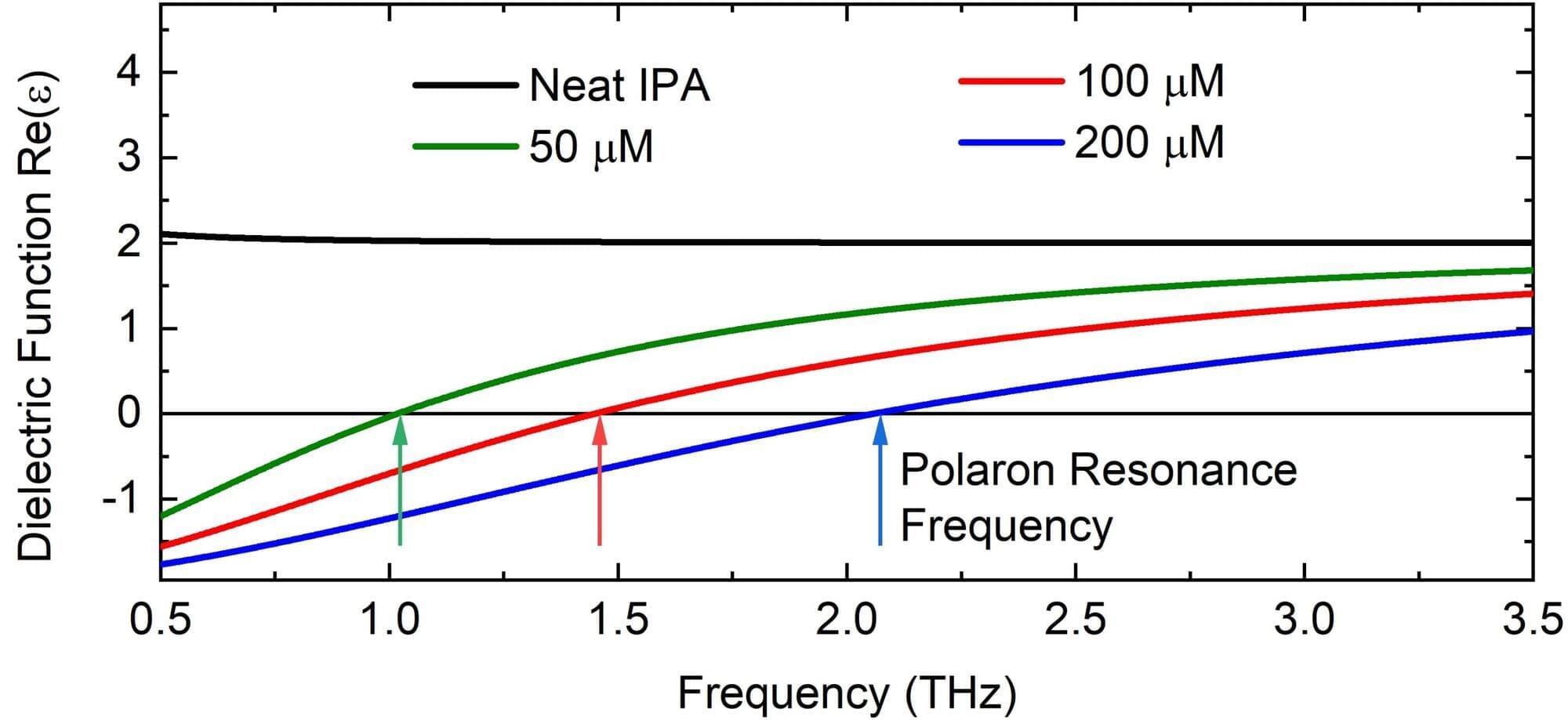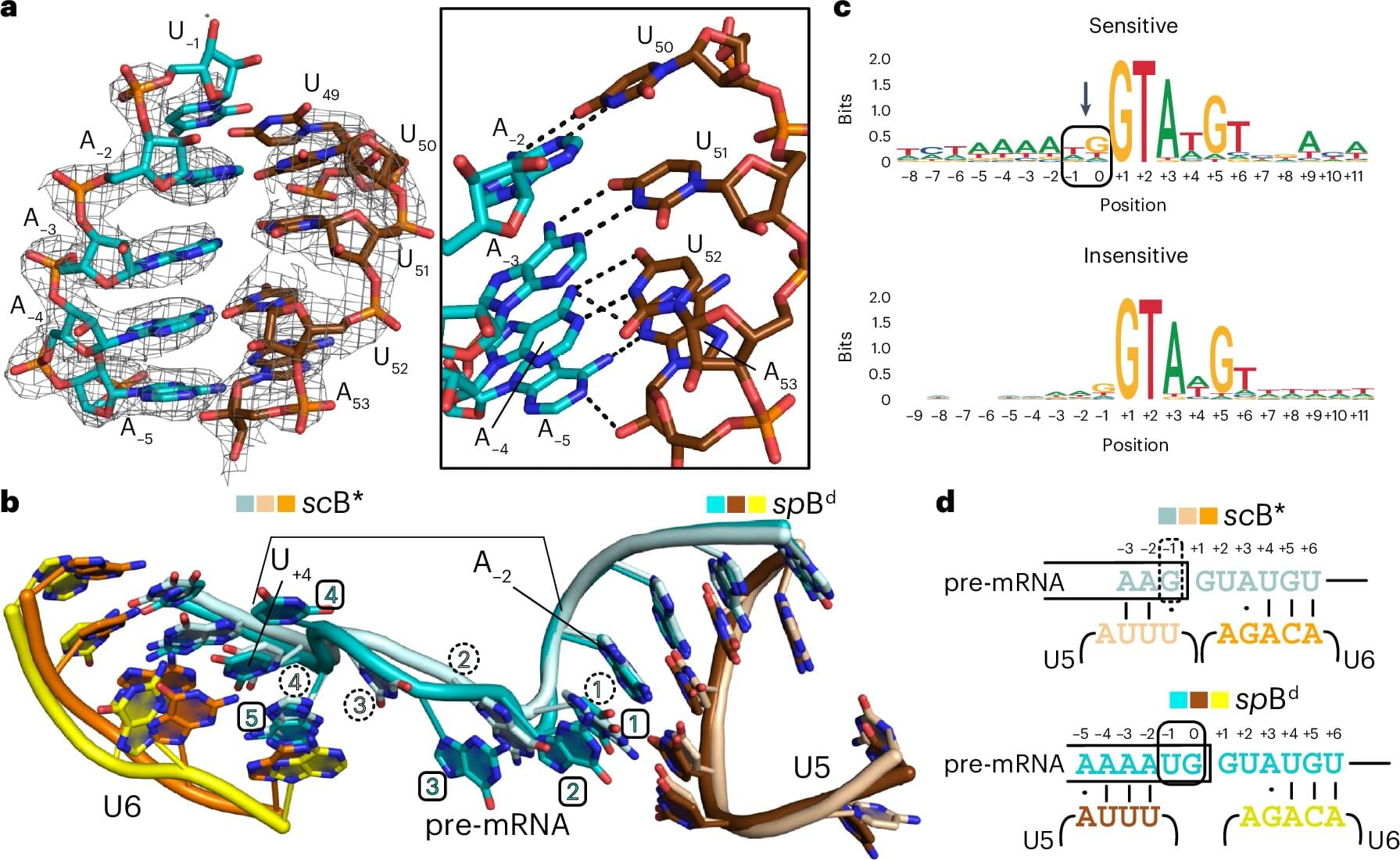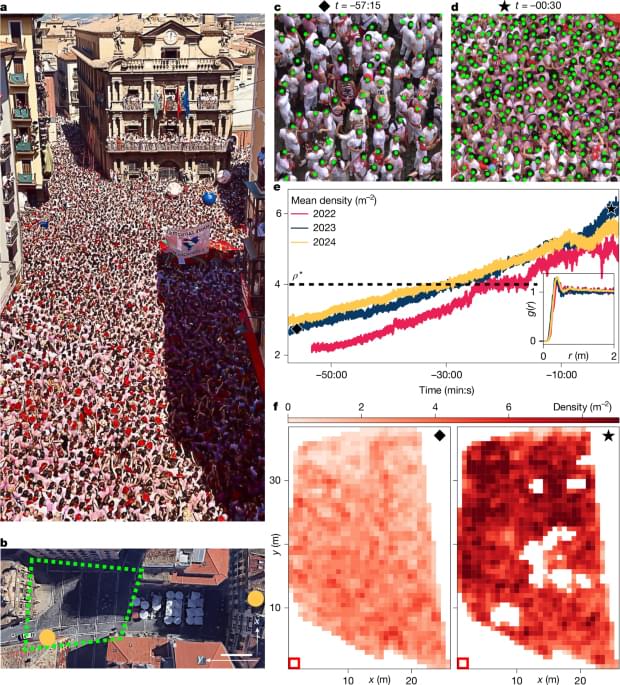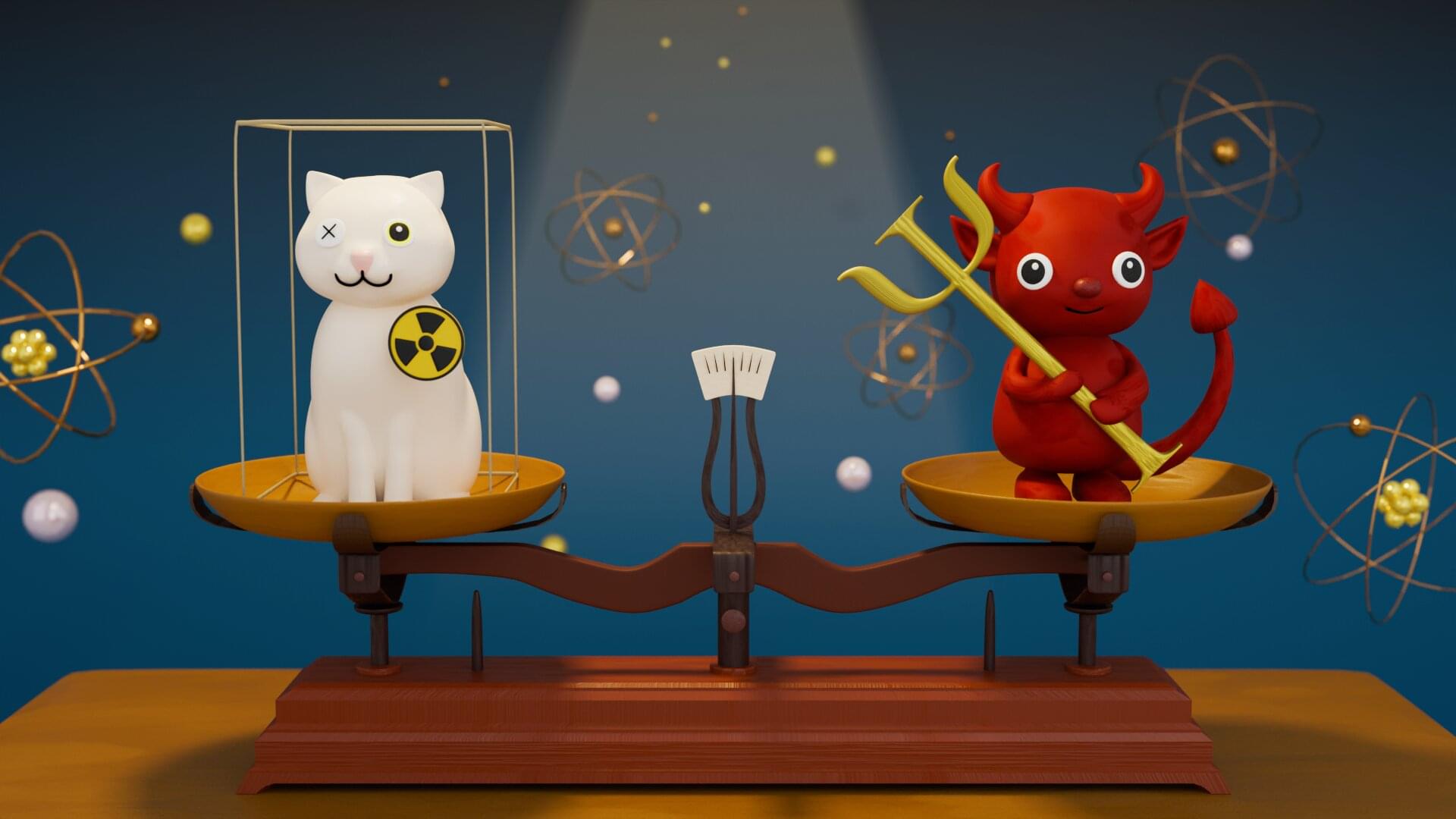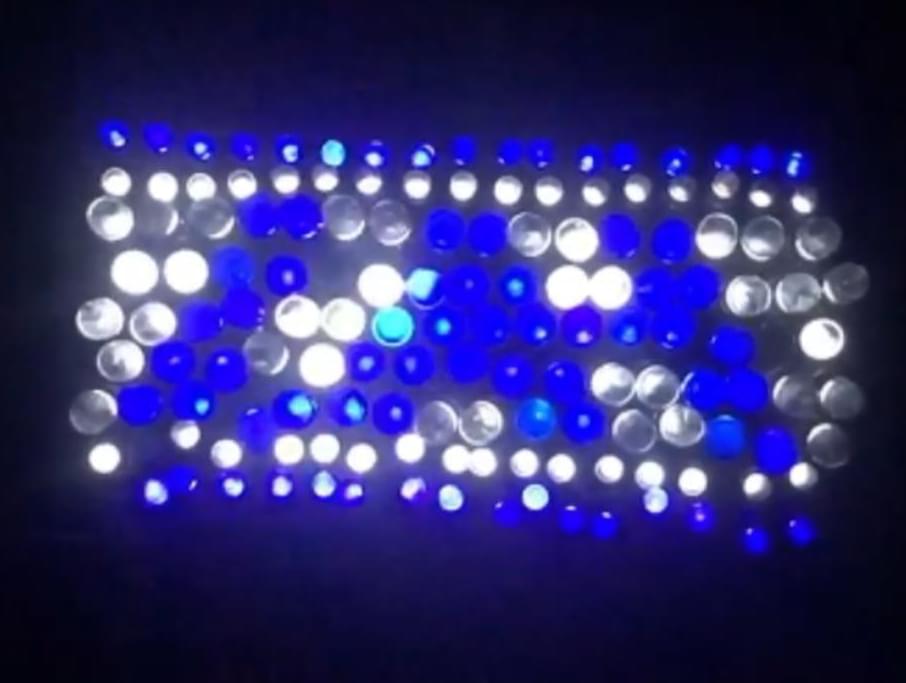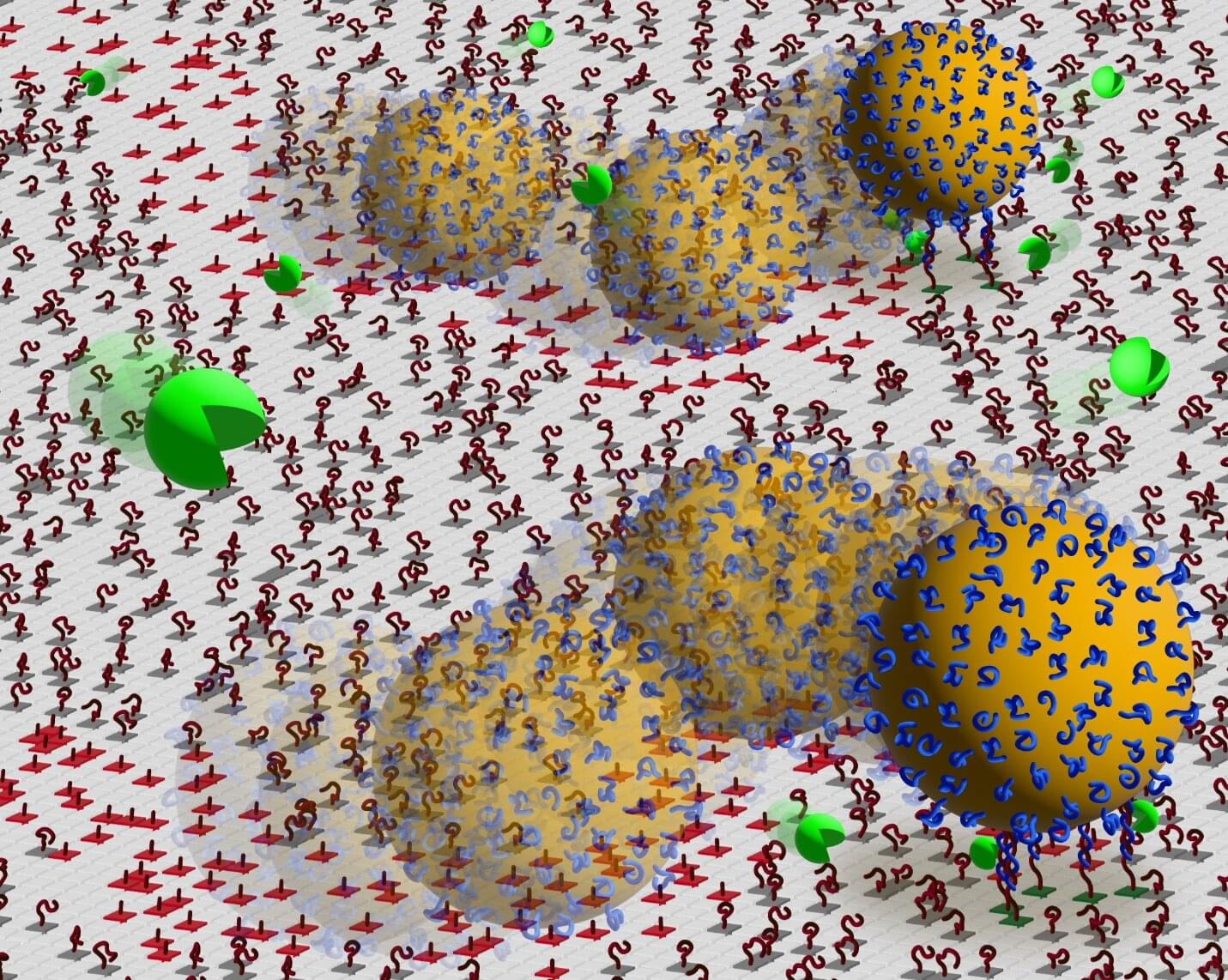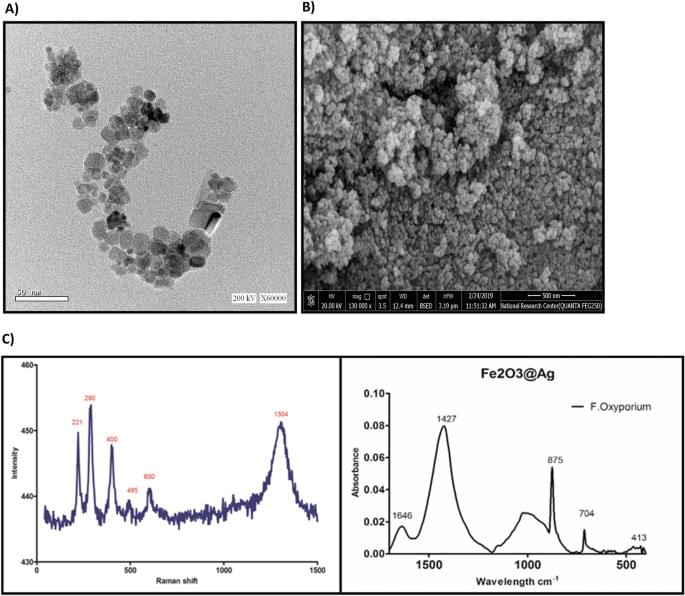The phase and the group velocity of light propagating in conventional optical media cannot exceed the speed of light in vacuum. However, in so-called epsilon-near-zero (ENZ) materials, light exhibits an infinite phase velocity and a vanishing group velocity for a particular color (frequency).
So far, such properties have only been observed in very few solids and nano-engineered materials. A new study by researchers from the Max Born Institute in Berlin and Tulane University in New Orleans opens a completely new avenue by transiently turning ordinary liquids, such as water and alcohols, into ENZ materials at terahertz (THz) frequencies through the interaction with intense femtosecond laser pulses.
Ionization of a polar molecular liquid with femtosecond laser pulses generates free electrons, which localize or “solvate” on a femtosecond time scale and eventually occupy voids in the network of molecules, a disordered array of electric dipoles. The binding energy of the electron in its final location is mainly determined by electric forces between the electron and the molecular dipoles of the liquid.
